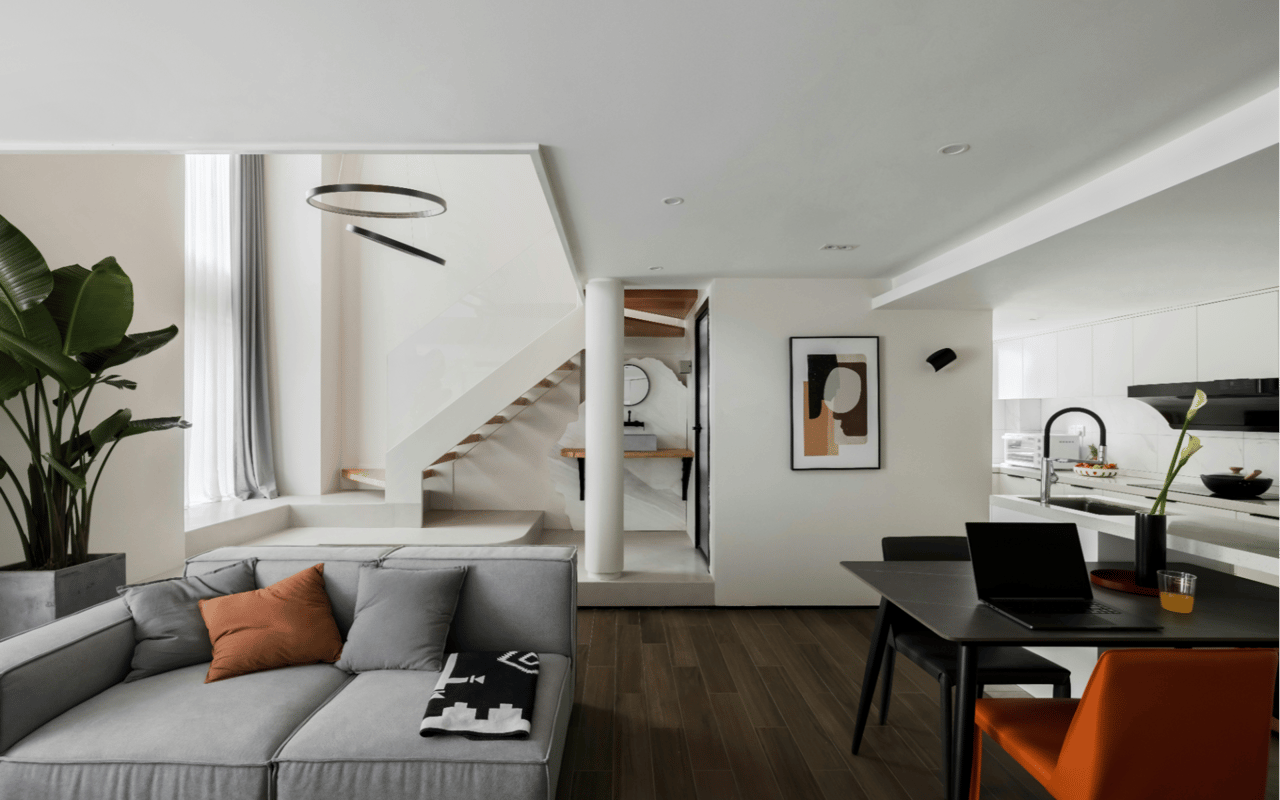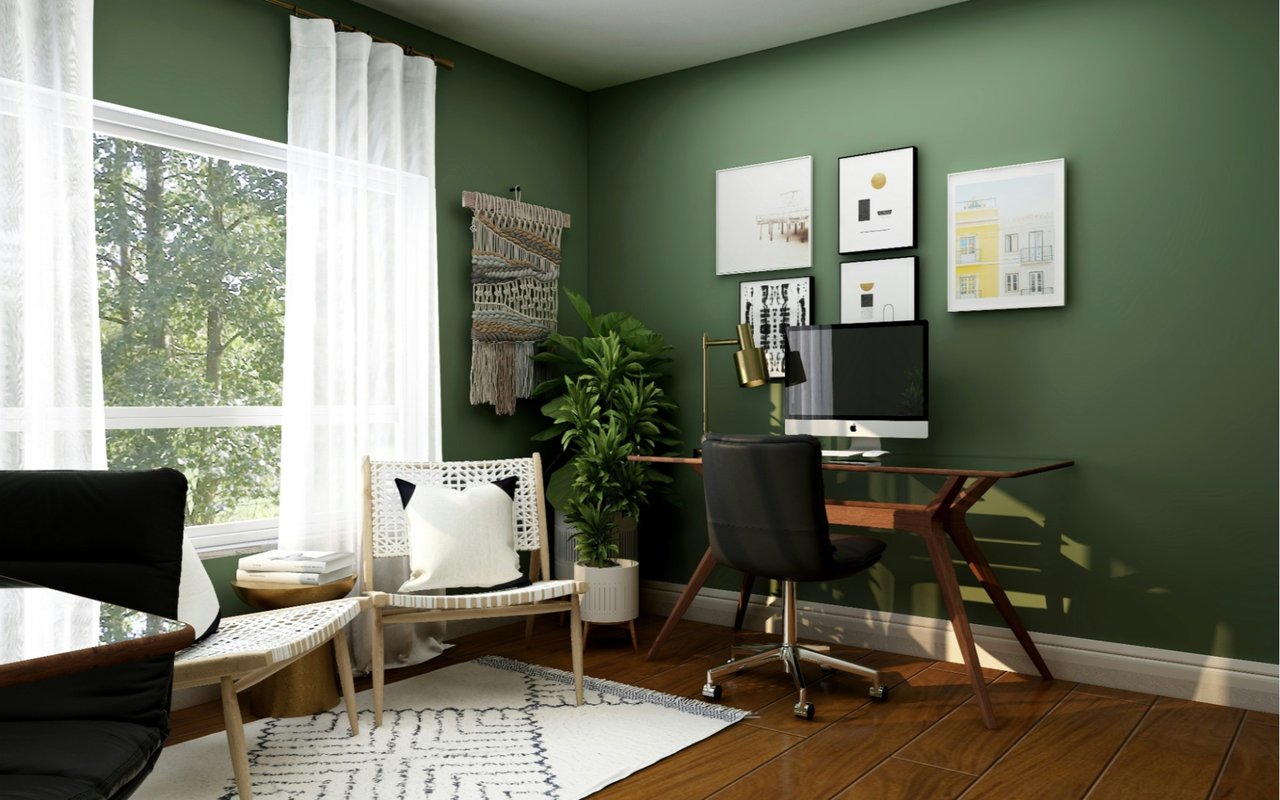Setting the right price is one of the most critical decisions a homeowner can make when preparing to sell. A carefully crafted pricing strategy can generate interest, attract multiple offers, and lead to a faster, more profitable sale. On the other hand, pricing too high or too low can reduce buyer engagement and ultimately affect your bottom line. With the real estate market constantly evolving, understanding the best strategies for home pricing is essential for a successful transaction.
Avoid Emotional Pricing
One common mistake sellers make is allowing emotional attachment to cloud pricing decisions. While a home may hold significant personal value, buyers view properties through a financial lens. Overpricing due to sentimentality can backfire, resulting in extended days on the market and eventual price reductions that weaken negotiation power.
Sellers should focus on objective factors — location, condition, upgrades, and market trends — rather than personal memories or expectations. Leaning on professional input helps maintain a rational, data-driven approach.
Sellers should focus on objective factors — location, condition, upgrades, and market trends — rather than personal memories or expectations. Leaning on professional input helps maintain a rational, data-driven approach.
Price to Create Urgency
Strategic pricing isn’t just about meeting market value — it’s about creating momentum. Homes that are priced attractively from the outset tend to generate immediate interest. This can lead to multiple showings and, in some cases, competing offers that drive up the final sale price.
Pricing slightly below perceived market value can be a powerful tactic. This encourages a greater number of buyers to schedule showings and may result in a bidding war. The increased activity signals desirability and can position the seller to negotiate from a place of strength.
However, this approach requires confidence in market demand and should be executed with a clear understanding of comparable property performance.
Pricing slightly below perceived market value can be a powerful tactic. This encourages a greater number of buyers to schedule showings and may result in a bidding war. The increased activity signals desirability and can position the seller to negotiate from a place of strength.
However, this approach requires confidence in market demand and should be executed with a clear understanding of comparable property performance.
Factor in Online Search Behavior
In today’s digital age, most homebuyers begin their search online. This makes pricing even more important, as buyers typically search within specific price ranges. If a home is priced just above a common search threshold — say, $510,000 instead of $500,000 — it may miss exposure to a large pool of potential buyers.
Reevaluate Based on Market Feedback
Once a home hits the market, feedback becomes a vital component in pricing strategy. If a listing receives traffic but no offers, or if buyers consistently comment on price, it's a sign that an adjustment may be necessary.
The longer a home stays on the market without action, the more it can raise red flags for future buyers. To avoid this, sellers should be prepared to reassess pricing early in the process if needed. A proactive price adjustment — based on real-time market response — can reenergize interest and keep the listing competitive.
Flexibility and responsiveness are essential components of effective strategies for home pricing.
The longer a home stays on the market without action, the more it can raise red flags for future buyers. To avoid this, sellers should be prepared to reassess pricing early in the process if needed. A proactive price adjustment — based on real-time market response — can reenergize interest and keep the listing competitive.
Flexibility and responsiveness are essential components of effective strategies for home pricing.
Consider the Condition and Presentation
A well-maintained, professionally staged home often justifies a stronger price point than a similar property in need of updates or repairs. Buyers place value on turnkey properties because they save time and effort after closing.
Small investments in curb appeal, neutral staging, and modern finishes can significantly impact perceived value. Sellers who want to list on the higher end of their pricing spectrum should ensure the property presents at its absolute best — both in person and online.
Small investments in curb appeal, neutral staging, and modern finishes can significantly impact perceived value. Sellers who want to list on the higher end of their pricing spectrum should ensure the property presents at its absolute best — both in person and online.
Marketing efforts also play a role. High-quality photography, virtual tours, and compelling descriptions can enhance a home’s image and support a more ambitious price point.
Account for Unique Features Thoughtfully
Homes with unique architecture, luxury upgrades, or special amenities require a nuanced pricing approach. These features may set a property apart, but they don’t always command the same return on investment in every market.
It’s important to identify which features actually drive buyer interest in the local area. For example, a home theater or wine cellar may appeal to a narrow buyer pool, while energy-efficient upgrades or additional living space often carry broader value.
Effective strategies for home pricing weigh these factors carefully, ensuring sellers don’t overestimate the impact of niche features while still highlighting their strengths.
It’s important to identify which features actually drive buyer interest in the local area. For example, a home theater or wine cellar may appeal to a narrow buyer pool, while energy-efficient upgrades or additional living space often carry broader value.
Effective strategies for home pricing weigh these factors carefully, ensuring sellers don’t overestimate the impact of niche features while still highlighting their strengths.
Balance Between Speed and Profit
Every seller has different goals — some prioritize a quick sale, while others aim to maximize profits. Clear communication about these priorities helps shape the pricing strategy.
For sellers looking for speed, pricing just below market value can generate immediate traction. Those willing to wait may opt to test a slightly higher price point, though this carries more risk. A well-informed strategy accounts for both goals and market dynamics to strike the right balance.
Being realistic about timeline and value is key to making informed decisions. Trusting data and expert insight helps sellers avoid costly delays or missed opportunities.
For sellers looking for speed, pricing just below market value can generate immediate traction. Those willing to wait may opt to test a slightly higher price point, though this carries more risk. A well-informed strategy accounts for both goals and market dynamics to strike the right balance.
Being realistic about timeline and value is key to making informed decisions. Trusting data and expert insight helps sellers avoid costly delays or missed opportunities.
The Brad Alewine Group Can Help You Perfect the Art of Home Pricing
Pricing a home accurately and strategically is a vital part of the selling process. The right price attracts serious buyers, minimizes time on market, and maximizes return. By staying informed, being objective, and responding to market signals, sellers can set themselves up for success in any market condition.
To get personalized pricing advice and ensure your home enters the market with confidence, contact Brad Alewine Group today. The team is ready to guide you through every step of the home-selling journey.
To get personalized pricing advice and ensure your home enters the market with confidence, contact Brad Alewine Group today. The team is ready to guide you through every step of the home-selling journey.




